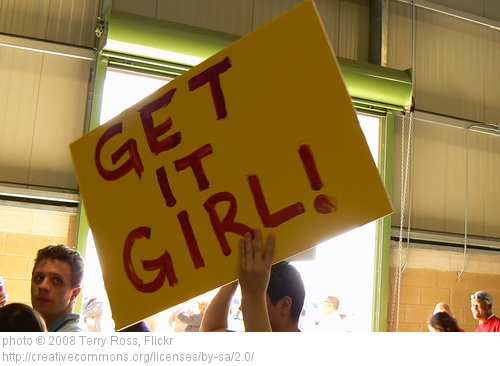 Problems need solutions. Public policies are no different. Framing shows us how to find those solutions. Diagnosis/prognosis – what is the public-policy problem? Emanuela Lombardo and Petra Meier give great insight about framing gender in the EU.
Problems need solutions. Public policies are no different. Framing shows us how to find those solutions. Diagnosis/prognosis – what is the public-policy problem? Emanuela Lombardo and Petra Meier give great insight about framing gender in the EU.
Here’s the key, though: One follows the “problem” with no question. It’s not: What is the solution? Instead, so often in political communication, and particularly with bloggers amplifying mainstream media, the media provides the frame – the prism – or the cage, and then subtly suggests: Here is the solution. Voilà!
Ideational intersectionality, or what I call the vortex, means organizing your solution in sections after we — a collective we, not “they” (established media, mainstream politicians supported by their lobbyists, or the polarized partisan few, like cracked Tea Potters) — define the problem.
What section of the intersection should we tackle first? Think fruit. How do you peel an orange? What about a tangerine, since the skin comes off so easily? How do you eat half a grapefruit? What about the decorative red cherry on top?
Social movements, like the civil-rights movement, should lead the way in ideational intersectionality. With women* and girls being more than half the population, African-Americans constituting 12 percent, and then throw in Latinos and LGBTers – we’re huge. The problems and the solutions are ours for the taking.
—-
*Women, in fact, are so common that they can’t even represent a class, according to the anti-women men still sitting on the Supreme Court bench, like Antonin Scalia, Clarence Thomas, Anthony Kennedy, Samuel Alito, and John Roberts, as discussed in my introduction in and Risa Liberwitz’s astute commentary in Telling Stories Out of Court: Narratives about Women and Workplace Discrimination.





